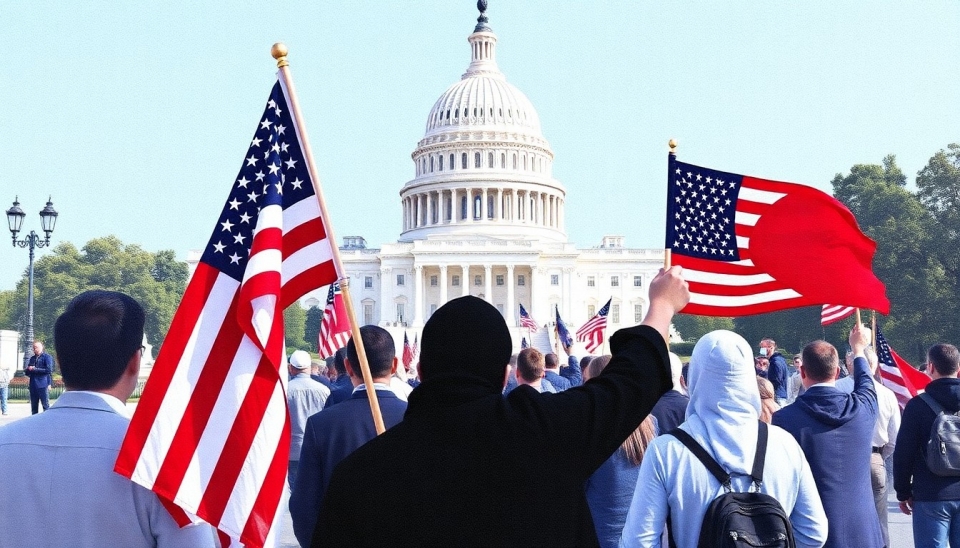
In a significant shift in strategy, the United States has decided to pull back from its efforts aimed at disrupting violent extremism on social media platforms. This decision is rooted in an evolving perspective regarding the role of technology companies in regulating extremist content online and a broader emphasis on individual privacy and free speech. As the landscape of social media rapidly changes, this move could have profound implications for how violent extremism is addressed in public discourse and on digital platforms.
Historically, the U.S. government has engaged actively with major tech companies in attempts to mitigate the spread of extremist propaganda on various platforms. Programs that were meant to monitor and counteract the dissemination of such content have produced mixed outcomes, raising questions about their effectiveness and the ethical implications of such surveillance.
The recent policy alteration comes amid growing concerns about overreach and the potential stifling of legitimate discourse. Critics had long voiced apprehension that government involvement in policing online speech might inadvertently infringe on First Amendment rights and lead to more complex issues surrounding censorship. Balancing the need for national security with the promotion of free expression has become an increasingly challenging task for policymakers.
As part of this new approach, the U.S. government will focus more on encouraging tech companies to strengthen their own internal policies and tools to regulate and combat violent extremism. This involves fostering collaborations and partnerships rather than direct intervention. The hope is that by empowering these companies to take a more active role in content moderation, they will develop innovative solutions in line with community standards while still respecting individual freedoms.
Additionally, this pivot is aligned with a growing recognition that violent extremism is a complex issue that requires a multi-faceted response, which includes addressing the root causes of radicalization rather than solely focusing on symptoms exhibited through social media. Public health approaches to prevention and community engagement are emerging as vital components of an effective strategy aimed at countering extremist narratives.
Moreover, the transition away from direct government action also comes at a time when the role of algorithms and artificial intelligence in content moderation is under intense scrutiny. Critics argue that automated systems often fall short in accurately identifying and contextualizing extremist content, which can lead to both false positives and the unintended silencing of marginalized voices. Thus, ongoing discussions about the ethics of algorithmic governance and its efficacy present additional layers of complexity in addressing the root of the violent extremism issue.
As the U.S. steps back from its former aggressive stance, the international community will be watching closely to see how this change affects the global fight against violent extremism online. The consequences of this shift may redefine how governments, tech companies, and civil society work together to create a safer online environment without compromising core democratic values.
In conclusion, the U.S. has opted for a strategy that emphasizes collaboration with tech platforms and a focus on prevention rather than direct government intervention in regulating speech online. This pivot reflects a broader philosophical shift towards safeguarding free expression while recognizing complex challenges posed by violent extremism in the digital age.
#ViolentExtremism #SocialMedia #FreeSpeech #DigitalSafety #OnlineRegulation
Author: John Miller




